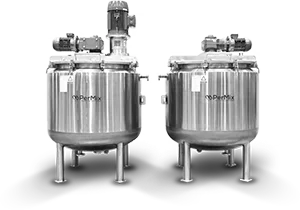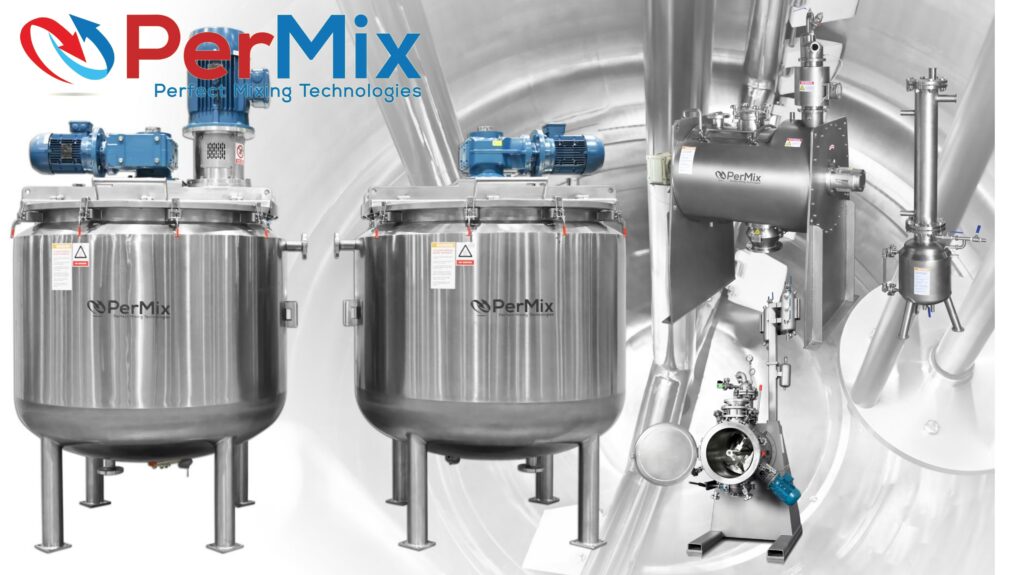Industrial Mixers
PerMix News & Updates



In this blog post, we will explore the fascinating world of dimple jacketed vessels and how they play a crucial role in increasing heat transfer efficiency. With their innovative design and construction, these vessels have revolutionized various industries that rely on efficient heat transfer processes. So, let’s dive in and discover the key benefits and applications of dimple jacketed vessels.
Before we delve into the intricacies of heat transfer efficiency, it’s essential to grasp the concept of dimple jacketed vessels. These vessels are specifically engineered with an outer layer featuring a series of dimples or embossed patterns. These dimples create a secondary channel for the circulation of heat transfer media, such as steam or hot water, within the vessel.
One of the primary advantages of dimple jacketed vessels is their ability to significantly enhance heat transfer efficiency. The unique design of the dimples increases the surface area available for heat exchange, allowing for more efficient and rapid heat transfer between the jacket and the process fluid. This enhanced heat transfer results in improved productivity and reduced energy consumption, making dimple jacketed vessels an ideal choice for industries striving for optimal performance.
Dimple jacketed vessels find extensive applications in numerous industries where heat transfer plays a critical role. For example, in the food and beverage industry, these vessels are utilized for processes like pasteurization, sterilization, and fermentation. The enhanced heat transfer capability of dimple jacketed vessels ensures quick and precise temperature control, leading to better product quality and reduced processing time. Similarly, in the pharmaceutical and chemical industries, these vessels are employed for heating, cooling, and mixing applications, allowing for efficient and uniform heat distribution.
Compared to traditional jacketed vessels, dimple jacketed vessels offer several key advantages. Firstly, their unique design eliminates the risk of jacket failure due to thermal stresses, as the dimples provide flexibility and prevent excessive pressure buildup. Additionally, the increased heat transfer area of dimple jacketed vessels ensures faster heat exchange, resulting in improved process efficiency and reduced production costs. Furthermore, the compact size of these vessels makes them more space-efficient, allowing for greater flexibility in plant layout and design.
In conclusion, dimple jacketed vessels have proven to be a game-changer in optimizing heat transfer efficiency across various industries. Their innovative design, coupled with enhanced heat transfer capabilities, ensures improved productivity, energy efficiency, and product quality. Whether it’s in the food and beverage, pharmaceutical, or chemical industry, dimple jacketed vessels have become indispensable for achieving optimal heat transfer performance. Embracing this technology can undoubtedly lead to significant benefits and a competitive edge in today’s fast-paced industrial landscape.
And that concludes our comprehensive exploration of how dimple jacketed vessels increase heat transfer efficiency. Remember to stay tuned for more informative articles on various industrial topics.
